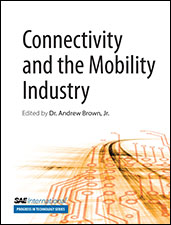Technical Paper
THOR-05F Response in Sled Tests Inducing Submarining and Comparison with PMHS Response Corridors
2022-05-20
2021-22-0005
The Test Device for Human Occupant Restraint (THOR) is an advanced crash test dummy designed for frontal impact. Originally released in a 50th percentile male version (THOR-50M), a female 5th version (THOR-05F) was prototyped in 2017 (Wang et al., 2017) and compared with biofidelity sub-system tests (Wang et al., 2018). The same year, Trosseille et al. (2018) published response corridors using nine 5th percentile female Post Mortem Human Subjects (PMHS) tested in three sled configurations, including both submarining and non-submarining cases. The goal of this paper is to provide an initial evaluation of the THOR-05F biofidelity in a full-scale sled test, by comparing its response with the PMHS corridors published by Trosseille et al. (2018). Significant similarities between PMHS and THOR-05F were observed: as in Trosseille et al. (2018), the THOR-05F did not submarine in configuration 1, and submarined in configurations 2 and 3.



